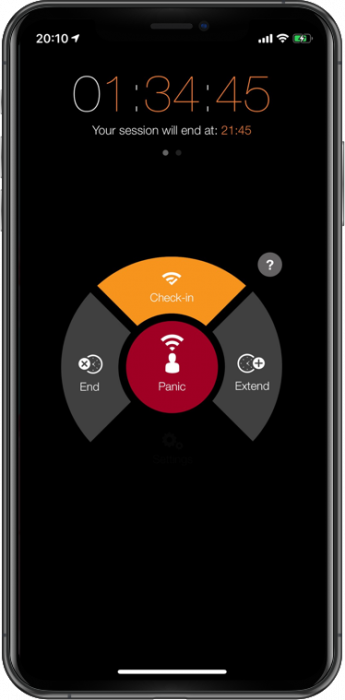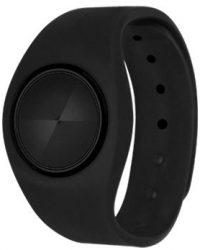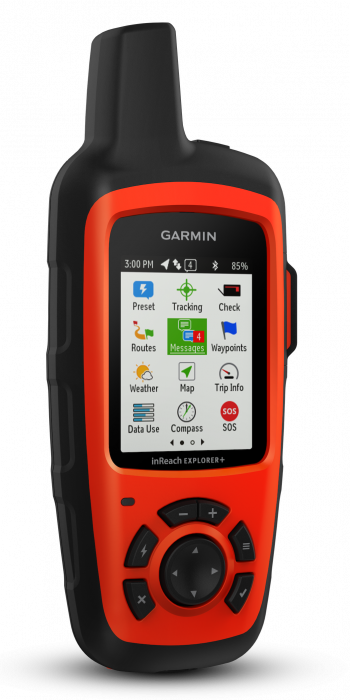Police Warning on Dangers of Lanyards
Many organisations provide their employees with lone worker solutions that are attached to a lanyard and worn around their neck. However, UK police have recently released a warning on the potential dangers of wearing a lanyard while driving.
Dorset police released the warning on social media following a couple of serious traffic accidents which were made worse by the use of lanyards and left the drivers seriously injured.
In one incident, a driver was involved in a minor car accident but was left with a collapsed lung when the force of the deployed airbag pushed the lanyard and it passed into the driver’s chest. Had the driver not been wearing their lanyard at the time, they would have likely walked away relatively unharmed.
In another incident, an NHS worker was wearing a lanyard along with a set of keys for her medicine cabinets and lockers. This time the force of the airbags caused the keys to perforate the driver’s bowel. The injury resulted in a hospital stay of over 6 weeks, and 6 months of missed work.
Wearing lanyards while driving is a little known hazard that all employees should be aware of. The police advise those wearing lanyards to remove them before starting their journey home, in order to prevent similar incidents from occurring.
Safety lanyard dangers
Driving is not the only situation where the use of lanyards can pose a safety risk. A risk assessment should be used to assess whether the use of lanyards pose a safety risk to employees so that a safer alternative can be considered. Below are just some of the main risks associated with lanyards;
Those working around machinery and large equipment should not wear lanyards due to the risk of them getting stuck and causing serious injury to the wearer. In one incident in Texas, a woman died while operating a conveyor at her job in a pawnshop. The lanyard got caught in the conveyor and pulled her in until she couldn’t breathe. The woman was working in the room alone and wasn’t found by colleagues until it was too late.
Those at risk of violence and aggression should also consider alternatives to lanyards as they can be used as a weapon to pull or strangle an employee. There are many cases of this happening in public facing sectors such as health care where lanyards have been used by patients to attack the employee caring for them.
One well known case is Napa State Hospital in California. Employees working at the hospital are required to wear safety alarm devices around their necks on a lanyard. However, employees were left frightened of wearing the lanyards after a colleague was strangled to death by a patient. The patient hadn’t used the lanyard to kill the technician but other incidents had occurred where employees had been pulled from behind or assaulted using the lanyard. Following the homicide, the hospital introduced breakaway lanyards yet employees voiced concerns that the length of the lanyard could still be used to strangle them.
Lanyards and ID badges also pose a risk of infection and spreading of disease for those working within the healthcare sector. A study published in The Medical Journal of Australia, found that the superbug MRSA, which kills more than 700 patients a year, lives on about 10% of name tags and lanyards worn by doctors and nurses. The lanyards analysed in the study were found to carry 10 times more bacterial load of the badges.
The author of the study attributed lanyards position at waist level, pendulous nature and long periods of time without cleaning to the high levels of bacteria. Worryingly, the bacteria is able to survive on fabrics and plastic surfaces for up to 90 days, providing plenty of time for the bacteria to spread.
Lone worker apps: a safe alternative to lanyards
Providing your employees with lanyards can lead to resistance due to the associated risks.
While the advice of removing a lanyard before driving should definitely be followed, for those regularly driving for work this could cause a great inconvenience as the likelihood is, the employee will either forget to remove the lanyard or forget to put it on every time they leave their car.
In general, lanyards can also get caught on everyday objects such as table corners, door handles and clothing. This can result in employees deciding not to wear their lanyard or the lanyard breaking and not being replaced. When using a lanyard for a safety alarm or lone worker device, this can leave the employee unprotected as they work.
Fortunately, lone worker apps offer a safer and more reliable alternative to dedicated lone worker devices worn on lanyards.
Lone worker apps come in an accessible and familiar form by being downloaded straight onto an employee’s phone. Mobile phones are one of the few things everyone remembers to take with them wherever they go, so turning it into a safety device ensures lone workers are always protected. Plus, the advancement in mobile technology means that apps can offer all the functionality of a wearable device, and more.
StaySafe’s lone worker app
At StaySafe, we offer an easy to use lone worker app and monitoring solution. The app ensures lone workers always have a way to signal for help in an emergency, while real time monitoring on the Hub allows help to be sent straight to their location.
A panic alarm can be triggered by the lone worker at any time, while missed check-in and non-movement alerts ensures an alarm is raised even if the lone worker is incapacitated and unable to do so themselves.
Many of our customers have switched from using a lanyard based solution to an app based solution due to the reliability of the latter. Previously, employers consistently found that their lone workers weren’t using their lanyard devices to protect themselves at work, either due to forgetfulness or concerns about the risks. However, there is significantly less user resistance when using apps compared to separate lone worker devices.
Find out more about our lone worker app
If your employees are working in a role where a device may be easier to use, such as construction or social care, we also offer a wearable bluetooth button that can be used to conveniently and discreetly operate the app from a strap on the wrist or clipped to clothing.
If you are looking for a lone worker solution trusted by clients all over the globe, we would love to hear from you.
Speak to an expert now












